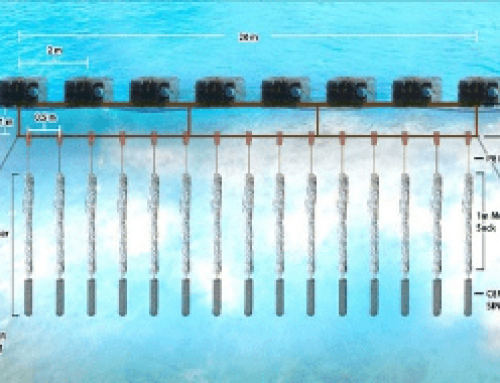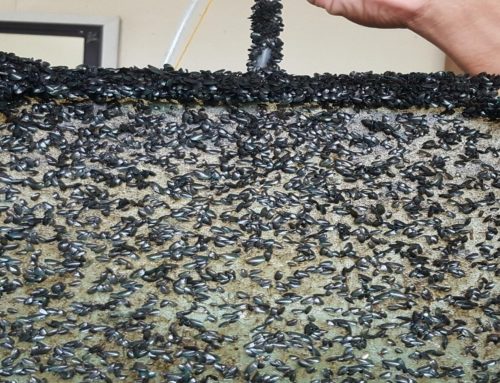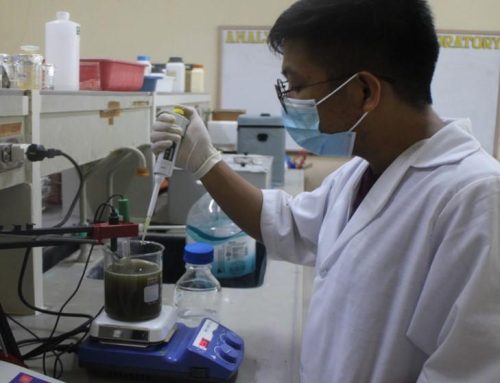In this Article

The project determined the distribution of Mytella strigata in Philippine waters, the impacts of these species on mussel growers, how local government units respond to such phenomena, and the utilization, if present, by local communities of these species, as well as the reproductive biology and ecology. The distribution and extent of invasive mussel species in mussel culture areas were determined in the identified sites such as Cavite, Pangasinan, Zambales, Samar, Bataan, Aklan, Capiz, Negros, and Davao. They found out that M. strigata had spread across Luzon, mainly in the western and northern regions.
While non-indigenous species are known to disrupt ecosystem functions and biodiversity loss and cause significant economic damages, they also found out that these species may also have benefits for residents in local communities where it is traditionally consumed by residents. In the case of M. strigata, its emergence as a commodity with commercial value may be an indication of the local communities’ adaptation, innovativeness, and resiliency in response to a novel species.








